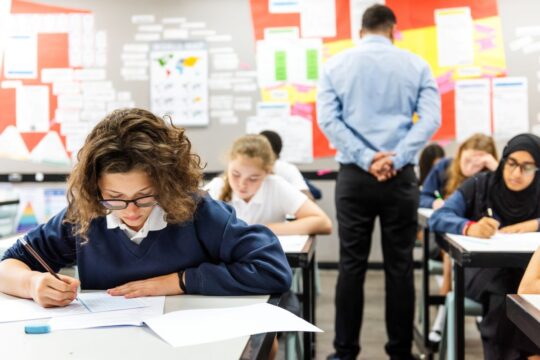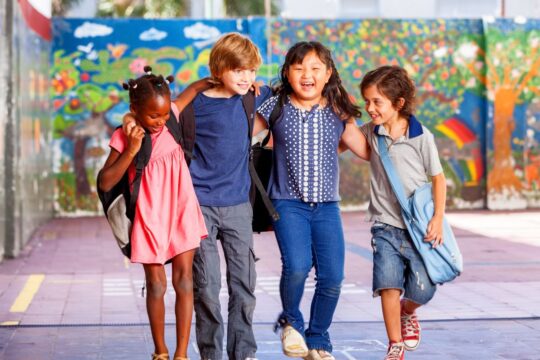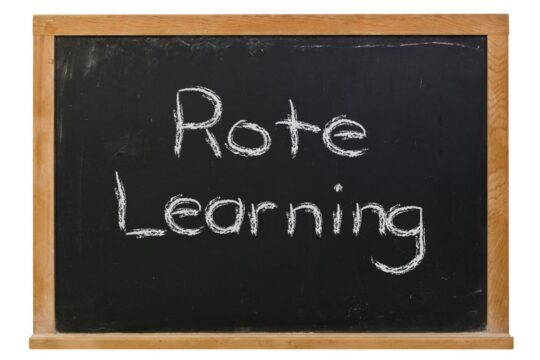Social-emotional learning doesn’t mean you need a fancy program or a full-blown lesson plan. All you need is consistency and intention. A few meaningful activities spread throughout your day can help students become more self-aware, develop stronger relationships, and learn to manage their emotions in healthy ways.
Whether you’re teaching kindergarteners or high schoolers, there are simple ways to weave social-emotional learning activities into your routine. The activities below are broken down by age group, with a focus on five core competencies: self-awareness, self-management, social awareness, relationship skills, and responsible decision-making.
Practical Social-Emotional Learning Activities
Kindergarten – 2nd Grade
At this age, it is essential to present information clearly and straightforwardly for students to understand. So, this might mean instead of using terms like “empathy” and “self-awareness,” children may look at pictures of feelings, use hands-on activities, or, through examples they can see, touch, or relate to. Visuals, repetition, and modeling within social-emotional learning activities will help students understand what those feelings mean. Here are a few simple ways to start.
Feelings Check-In
Start your morning with a feelings check. Use a fun emoji chart where students can point to how they are feeling, or make a bulletin board where students can move their clothespin to the emoji or face they are feeling at that moment.
Mindful Breathing
A fun way to introduce young kiddos to mindful breathing – a great way to regulate emotions is to give each child a stuffed animal (or bring in their favorite). Have them lie on the floor and place their stuffed animal on their belly, and show them how the animal goes up and down as they breathe calmly.
Kindness Jar
Catch kindness in action by adding marbles to a kindness jar anytime you catch someone helping a friend or using kind words. When the jar is full, the class gets a reward. This helps kids see the impact of their actions on others.
Mirror Talk
Have students practice positive self-talk in the mirror. Use simple phrases like “I am a good friend” or “I can keep trying.” They’ll giggle at first, but over time, it helps build confidence.
Grades 3-5
Upper elementary students are at the age where you can build on their understanding because they are now able to think a little deeper. This is the age when kids begin to look at situations from someone else’s point of view and are open to talking about their choices and the consequences that come from those choices.
Daily Problem Solvers
Each day, present a simple scenario and talk through it as a class. “You and your friend want the same swing at recess. What can you do?” or “You and your friend each want to play something different. What do you do?” Let students brainstorm solutions and discuss what’s fair and respectful.
Emotion Charades
Write different feelings on slips of paper and have students act them out while the rest of the class guesses. It’s a fun way to practice recognizing emotions and talking about what those emotions might look or feel like.
Gratitude Circle
End the day or week with a gratitude circle. Go around and have each student say one thing they’re thankful for. For example, kids may say, “I am thankful for my friends” or “I am thankful for not having homework yesterday”. It’s quick, calming, and a great way to focus on the positive, even if it’s something silly like being grateful for not having homework.
Goal-Setting Journals
Have students write one personal goal each week, along with a simple plan to reach it. For example, kids might say, “My goal for the week is to read five picture books, and my plan to reach it is to read one book each night before bed.” They can reflect on how it went at the end of the week. This supports both self-awareness and responsible decision-making.
Middle School
Middle school students are at a time in their lives where they are trying to navigate friendships, dealing with peer pressure, and those ever-changing emotions. They crave connection even though it may be hard to see that. They want to be understood and need a safe space to talk about their feelings. That’s why it’s so important to keep your SEL activities open-ended and respectful. Here are a few activities that can make a big difference.
What Would You Do Scenarios
Create discussion cards with realistic social scenarios. Then talk through the options and consequences without judgment. Here are a few examples:
- Your friend is talking badly about another classmate behind their back and wants you to join in. What do you do?
- A friend texts you something mean about another friend. What do you do?
- You notice a classmate getting bullied in the hallway. Other students are watching, but no one is stepping in. What do you do?
Mindful Minute
Middle schoolers get stressed, just like we do. Give them a chance to reset with a mindful minute. Turn off the lights, play calming music, and ask them to close their eyes and focus on their breathing. This is something you can do in each class because it only takes one minute.
Identity Collages
Have students create a collage about who they are. Include things they value, like the people they care about, or any goals they have. This encourages reflection and helps students celebrate their individuality.
Group Challenges
Try quick group challenges that require collaboration, like building a tower with straws or solving a riddle together. Debrief afterward to discuss how they communicated and worked as a team.
High School
While this is the age when students are still figuring out who they are and where they fit into the world, it’s also a great age to talk about the big stuff like responsibility and the choices they make, and how they affect them.
Life Skills
Have open conversations about stress, relationships, and conflict. Keep it real and use prompts like “How do you handle a disagreement with a friend?” or “What helps you when you’re feeling overwhelmed?” Give students the space and time to talk and share.
Journaling
Give weekly prompts like “What does respect mean to you?” or “Describe a time you stood up for something you believed in.” The goal is to help them process their thoughts.
Peer Shout-Outs
Let students recognize each other for positive actions. Set up a space where they can write anonymous shout-outs like “Thanks to Brady for helping me study” or “I noticed Reece included someone who was sitting alone.” This is a great way to build community.
Future You Letters
Ask students to write a letter to their future self. Where do they want to be in five years? What do they hope they’ve learned? It’s a powerful way to tie SEL to goal setting and self-awareness.
You can see that all you need to teach social-emotional learning is just a few minutes a day to help your students feel seen, heard, and supported.
You’ve got important career goals — we have the graduate program to get you there. Check out our available graduate degree programs to advance your career today!




